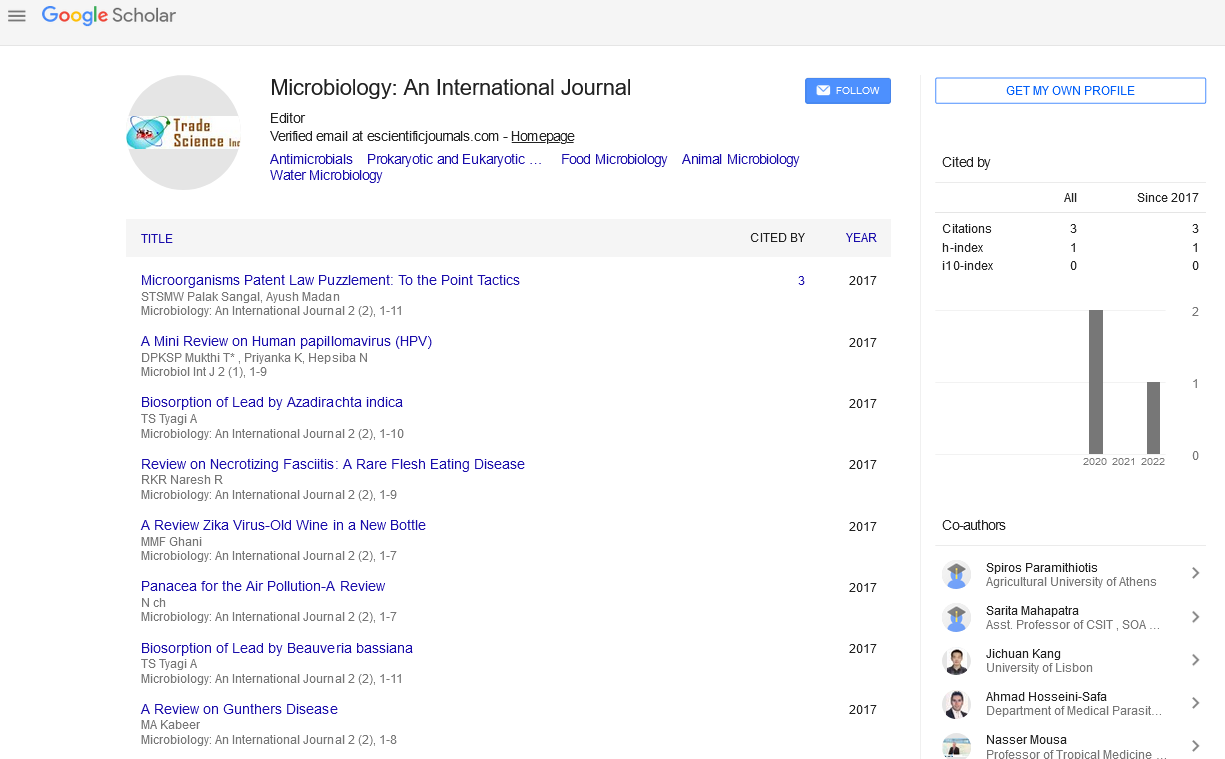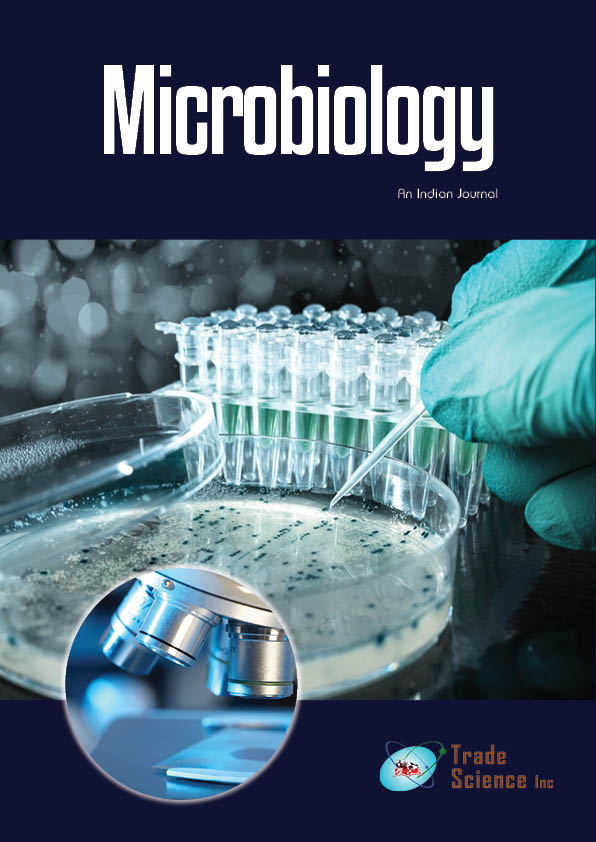Abstract
Comparative Phenotypic Characterization of Hybrid Shiga Toxin-Producing
Author(s): Kevin AndersonHybrid Shiga toxin-producing Escherichia coli (STEC) and uropathogenic E. coli (UPEC) strains can cause both diarrhoea and urinary tract infections and are phylogenetically located between STEC and UPEC (UTIs). In comparison to conventional UPEC and STEC strains, their pathogenicity qualities and adaptation to varied host environments are unclear. We evaluated the phenotypes of commensal strain MG1655, UPEC strain 536, and STEC strains B2F1 and Sakai to those of the STEC/UPEC hybrid in terms of virulence, including acid resistance, motility, biofilm formation, siderophore generation, and adhesion to human colonic Caco-2 and bladder T24 cells. We also looked at how well the hybrid adapted to artificial urine medium (AUM) and simulated colonic environment media (SCEM). While several hybrids formed extensive biofilms in LB, overall biofilm production in SCEM and AUM was modest or non-existent. At equilibrium, all strains tested showed siderophore activity. Except for MG1655, all strains adhered to Caco-2 cells, with the hybrid exhibiting identical adherence to 536 but 2 and 3 times reduced adherence to B2F1 and Sakai, respectively. Strains generating Stx attached to T24 cells more strongly than strains 536 and MG1655. Within the hybrid strains, overall growth in LB, SCEM, and AUM was consistent, which showed significantly different growth patterns.

